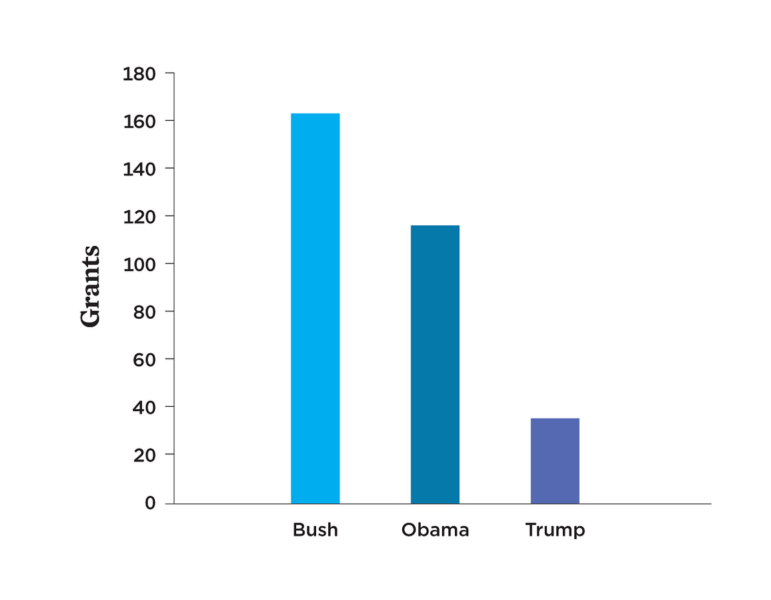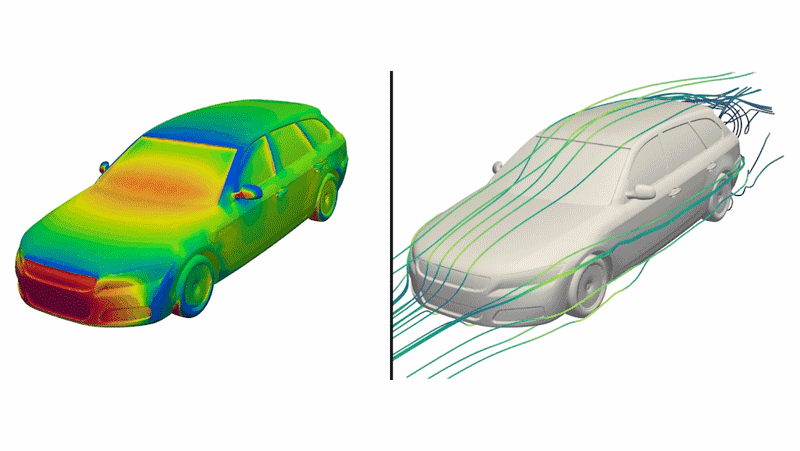Last year, Congress passed the Inflation Reduction Act, which authorizes sweeping investments and policies to tackle the climate crisis and advance environmental justice. This historic bill invests nearly $3 billion in the US Environmental Protection Agency’s (EPA) Climate and Environmental Justice Block Grants, expanding funding for existing environmental justice grant programs and creating new opportunities.
Now, several conservative lawmakers are attempting to create roadblocks by using outdated EPA data to try to sow doubt and suspicion about these programs.
Broadly, these grants will support projects that aim to reduce harms to public health and the environment from climate change and pollution. Past funded projects include filtering lead out of household drinking water, preventing illegal waste dumping in Indigenous communities, and training farmworkers on disaster preparedness, among other projects.
It is hard to overstate the importance of these investments and the immense benefits they provide for overburdened communities. These communities have, for decades, been disproportionately exposed to and harmed by pollution and the accelerating climate crisis.
The three grant programs – all of which are currently accepting applications – are:
- the Environmental Justice Thriving Communities Grantmaking Program, which funds organizations that help reduce barriers to accessing federal funding;
- the Environmental Justice Collaborative Problem-Solving Program, which provides funds to organizations working to address environmental and public health challenges in their communities; and
- the Environmental Justice Government-to-Government Program provides funding to state, local, and tribal governments to support activities “in communities disproportionately burdened by environmental harms.”
There are also a number of other programs under the IRA that are intended to alleviate environmental injustice.
Misuse of outdated EPA case studies
While these programs have the potential to fund transformational programs to improve air, water, and land in fenceline and frontline communities, certain lawmakers are using incomplete and inaccurate information to undermine these programs before the funding has even gone out.
A letter submitted by Reps. James Comer and Pat Fallon in February calls for oversight mechanisms for the selection and disbursement of funds. At first blush, this may seem reasonable: any effective grant program should include systems for monitoring and evaluation.
However, the letter’s argument does not cite scientific integrity or transparency, but rather seeks to prevent investments in what it terms a “slush fund for far-left organizations.” This statement is flippant and divisive, creating the false assumption that left-leaning organizations are the only ones who want cleaner air, water, and soil. (To dismiss that assumption, look no further than the residents of East Palestine, Ohio for proof.)
The letter also plays into a tired and racist narrative that harms organizations led by people of color, especially Black Americans, who are disproportionately exposed to and harmed by pollution exposure.
The main “evidence” the letter cites in its call for additional oversight misconstrues an EPA report featuring case studies from the Environmental Justice Collaborating Problem-Solving Program. The EPA report highlights five successful projects that were funded through the program, and discusses challenges faced by some grantees. The challenges the report notes were offered not to discredit the program, but to help improve it as guidance to future applicants.
Furthermore, the EPA case studies in question were published in 2008 and the findings are for the first round of grants ever awarded under the Problem-Solving Program. It has been 19 years since the grant program was established. In 2008, the EPA also published a model guide for the program that directly addresses the challenges covered in the case studies.
EPA’s environmental justice grants gutted under Trump
Context is also important. The funding provided under the IRA follows major disinvestments in the EPA’s broader environmental justice programs under the last administration. Since 1994, EPA’s Environmental Justice Small Grants Program has awarded more than $37 million to 1,500 community-based organizations working on projects ranging from reducing pollution exposure to cleaning up and revitalizing contaminated sites. In our UCS report, Abandoned Science, Broken Promises, we found that the number of awards made by the small grants program decreased by 70 to 79 percent under the Trump administration compared to the Obama and Bush administrations, respectively.
 The number of EPA environmental justice small grants issued by three administrations in their first two years. From the 2019 UCS report, Abandoned Science, Broken Promises, available at: www.ucsusa.org/abandoned-science-broken-promises.
The number of EPA environmental justice small grants issued by three administrations in their first two years. From the 2019 UCS report, Abandoned Science, Broken Promises, available at: www.ucsusa.org/abandoned-science-broken-promises. Broader effort to undermine climate and environmental justice policies
This letter, poorly veiled as a call for oversight, is part of a larger narrative aimed at undermining investments in climate and environmental justice programs—investments that are desperately needed and long overdue. Rep. Comer, in official tweets and in his capacity as chair of the House Committee on Oversight and Accountability, for instance, has repeatedly referred to these climate policies as part a “radical climate agenda” and “woke environmental policy.” Rep. Comer also has a track record of propping up disinformation in US energy policy.
The process for selecting proposals and monitoring program implementation under EPA’s Climate and Environmental Justice Block Grants should be transparent, science-based, and measurable. However, the lawmakers’ history of hyperbole and disinformation, and their use of these outdated data—data that were never meant to be cherrypicked and used in this manner—offer ample indication that they are targeting these environmental justice grants not to enhance evidence-based decisionmaking, but in an effort to stifle needed and Congressionally mandated investments in a clean energy transition and just future.

 1 year ago
113
1 year ago
113


